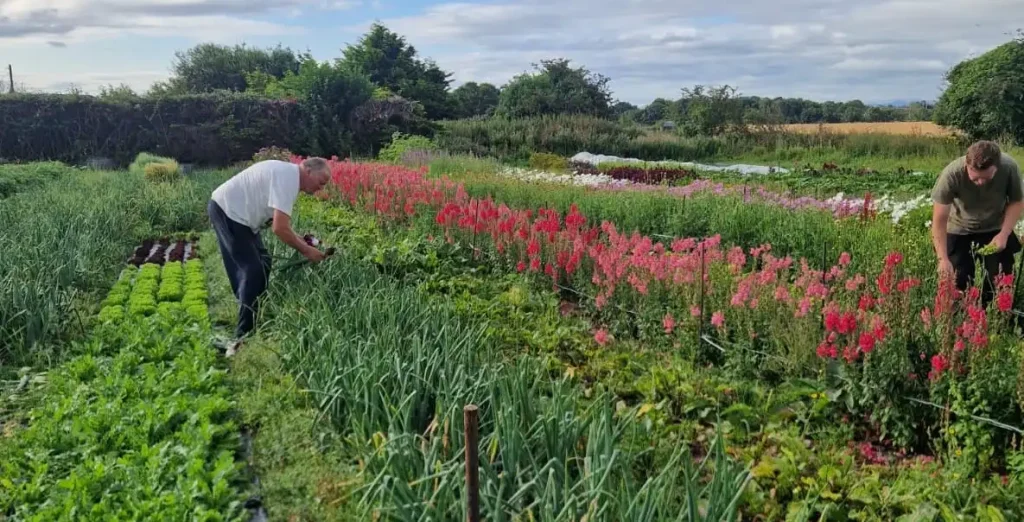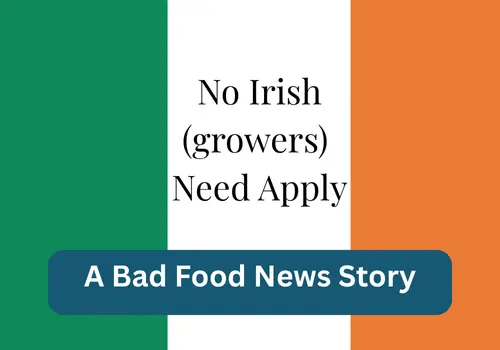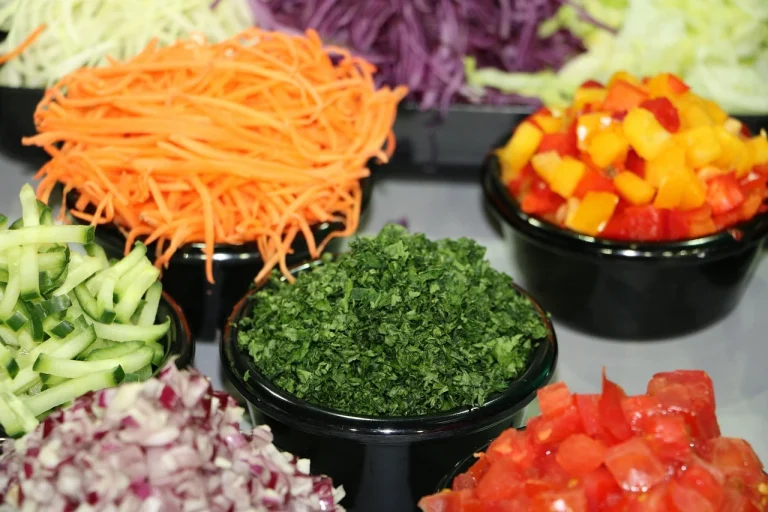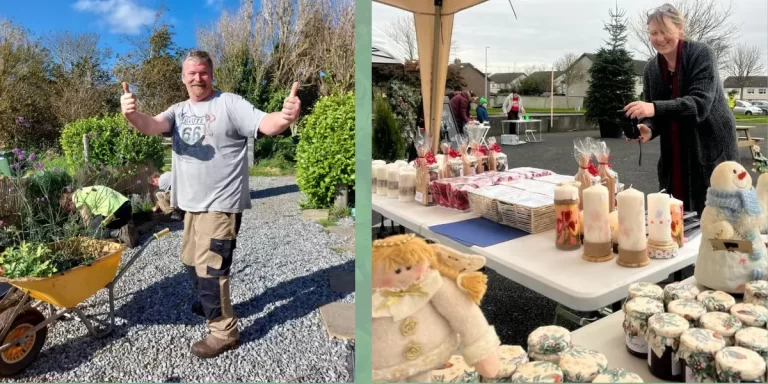Most farmers never truly leave the land. Even when they sleep, their thoughts run along the hedgerows — the soil they know by touch, the fields that hold their family’s stories.
Farming, for many, isn’t a job. It’s an inheritance and a duty of care — the duty to keep life moving forward, to protect the ground that fed your grandparents and might yet feed your grandchildren. And yet, farming has lost its way in recent years.
Across Ireland, small farms once formed the backbone of our countryside. They were mixed, balanced, human. There were cows in the fields, hens in the yard, spuds, oats, a patch of barley — and here in Fingal, mixed fields of vegetables. Nothing went to waste. The land provided, and the people around the farm — the neighbours, the shops, the local butcher — were part of that same living food community.
That way of life began to fade when the power to decide what food was grown, and how it was sold, slipped from farmers’ hands into those of the supermarkets and the corporations behind them.
At first, it looked like progress — guaranteed buyers, steady demand, less uncertainty. But it came at a cost. To stay in business, farmers had to produce more, and they had to do it cheaper. The mixed farm gave way to monocropping. Diversity was replaced by efficiency. Fields once filled with life became silent stretches of a single crop. Small farms vanished or were absorbed into larger holdings.
Debt followed — bigger tractors, bigger loans, more rented land to grow more in the face of dwindling margins. What had been family farms rooted in community became isolated enterprises, where one or two people worked alone, racing against weather, price drops, and repayments. The sense of shared purpose that once bound rural life began to thin.
And through it all, most farmers knew something tragic was occurring. They didn’t need a scientist to tell them that the soil was dying — they could see it. Earth that once crumbled in the hand became stiff and unyielding. Birds that followed the plough for worms disappeared, and the worms soon followed them. The hum of insects faded. Even the smell of the earth changed.
They knew it wasn’t right to drench food crops in chemicals. They had learned from their forebears the importance of crop rotation, so planting a single crop year after year until the land grew weary felt wrong. But the system they had locked themselves into gave them no choice.
They had families to feed, bills to pay, loans to service. They signed the contracts, rented the land, bought the machinery, the seed, the sprays. They kept going and tried not to look too closely — or think too much — about what was being lost.
Deep down, though, there was the knowledge that something sacred was being stripped away. The unspoken bond between the farmer and the land was being broken. Skills were lost to specialisation. Farms became factories, and families scattered. Most knew it, even if no one said it aloud.
The new system rewarded yield, not nourishment. Food stopped being something alive and seasonal, and became a product measured by appearance, weight, and shelf life.
And behind that shift stood the corporations — the ones that sell the seed, the chemical to grow it, and the drug to treat the sickness it causes.
Bayer–Monsanto
Once, seeds belonged to everyone. Now, the rights to much of the world’s food rest in the hands of just a few corporations. Bayer owns Monsanto’s seed patents and the chemicals made to protect them. A farmer cannot legally keep part of his own harvest for seed; he must buy fresh each year, tied to the same supplier, the same spray, the same debt.
What was once a relationship between a farmer and his land has become a transaction written in legal language.
And above Bayer stand the financial powers that own it: vast investment houses such as BlackRock, Vanguard, and State Street — institutions that hold trillions in global assets and appear as major shareholders in nearly every large corporation on the planet. Their business is not food or medicine, but the management of money itself. When Bayer sells more chemicals or pharmaceuticals, these firms earn their return.
It is a perfect loop, powered by greed and disguised as progress:
– They patent the seed.
– They sell the poison that keeps it alive.
– They own the patents for the drugs that treat the illnesses born of that poisoned food.
Each stage is presented as science, as efficiency, as the price of feeding the world. But behind the language of innovation lies a simple truth: the system feeds profit and greed, but not people.
It takes what should be freely shared — the right to grow, to eat, to be well — and sells it back to us, one tablet, one seed, one sickness at a time.
It’s not conspiracy. It’s commerce. And it thrives because the link between farmer and eater has been severed. We no longer see who grows our food, so we no longer trust the source of our most basic right as humans — the right to eat healthy, nourishing, life-sustaining food.
Meanwhile, farmers who once fed their communities now struggle to feed themselves. The average age of an Irish farmer creeps upward, while younger generations turn away from the profession, unwilling to inherit debt and solitude disguised as independence. Rural towns shrink. Skills disappear. And the food that fills our supermarkets — flown, sprayed, packaged — looks alive but is not.
The Quiet Fightback
But beneath this truly broken system, something quiet is stirring.
There are those who understand the inequity of the system, who see the connection between what we eat and our health — people who believe in feeding their communities real food.
Across Ireland, and far beyond, a new generation of growers — some born to the land, others drawn back to it — are working against the current. They are planting mixed crops again because they know the importance of diversity. They are feeding their neighbours and their communities because they believe in the sacred pact that exists between those who grow food and those who consume it.
Box schemes are replacing the farm gate sales of old as our communities become more urban. Farmers’ markets and farm shops are doing a similar job — rebuilding connection, face to face.
These new farmers are rebuilding soil, not exploiting it. They reject the notion that food should be engineered to survive a shipping container, and see it instead as something vibrant and alive — something that should sustain life and health.
They are not nostalgic throwbacks. Their decisions are informed by real science and lived experience. They understand that rotation, diversity, compost, and care were not romantic notions belonging to another time, but rational acts of stewardship. These methods work. They keep land, people, and food healthy.
These new farmers are restoring what the agri-giants and corporate interests tried so hard to erase.
The power to rebuild our food system lies with all of us. Every choice matters — every loaf, every bunch of carrots, every box of vegetables grown in local soil without chemicals or contracts.
When you buy from a small organic or sustainable farmer, you’re not just buying food. You’re voting for a system that values life and health over greed and profit.
If the work of these pioneers is appreciated — if their efforts are supported — then perhaps young people will once again see the land as a viable career. A new generation will take their place, carrying with them the lessons learned about sacred trusts and the value of old but sound wisdom.
If we want to eat real food again — food that tastes of where it came from, food that sustains rather than sickens — we must turn away from the aisles lined with toxic food wrapped in plastic and turn back towards the farmer.
The farms that can heal the land — and the people sickened by toxic food — already exist.
They’re smaller, humbler, and closer than you think.
They just need you to find and support them.



